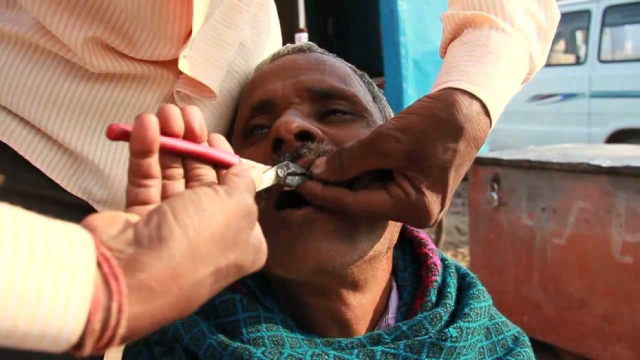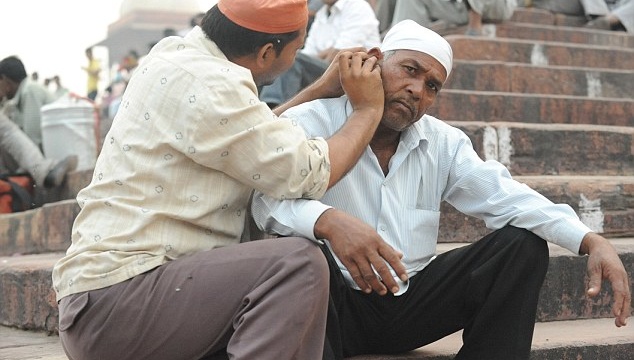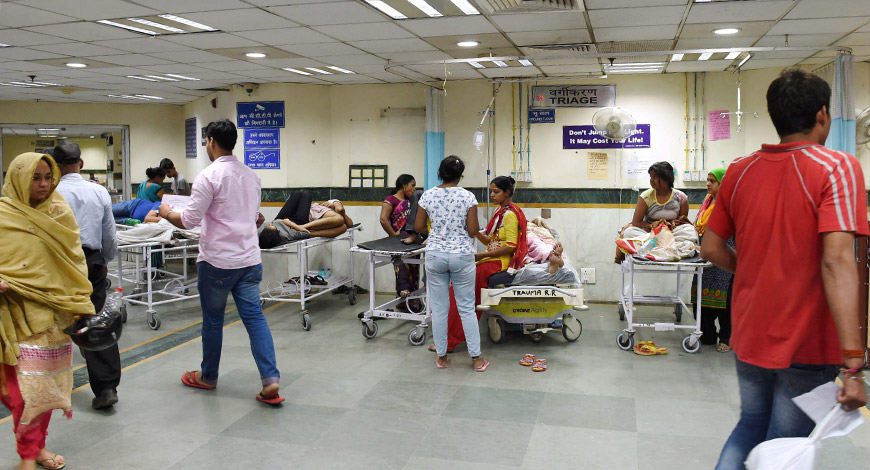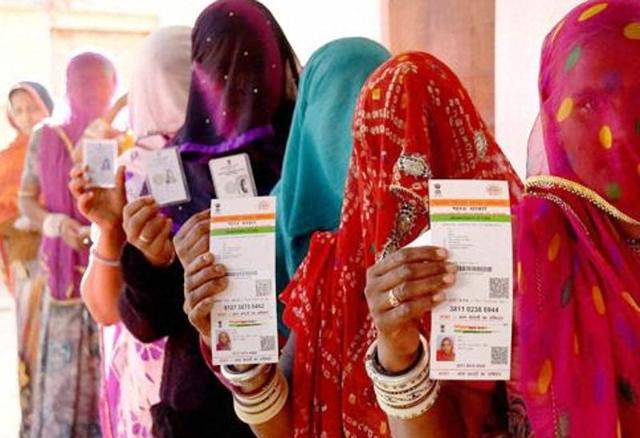MEDICAL SYSTEM
In the absence of qualified doctors and proper medical infrastructure many quacks or fake doctors have begun to play with the lives of innocent people. In a context like this, can we readdress the question of brain drain, private monopoly over health sector and the growing disparity of medical infrastructure in the country?
Nishant Upadhyay is a social activist working with tribal community of Madhya Pradesh.
Proper and developed medical facilities are the cornerstone of any nation which works towards people’s welfare and national wellbeing. When a facility as basic and as rudimentary as the availability of equipped doctors and centers for health and welfare are missing and often even considered as luxury in a national context such as ours, it indeed becomes a cause for intense worry. While we witness how the economic disparity in the country is a lived reality that seems to only be expanding with each day and therefore we see how public goods such as education, housing, employment or healthcare have become an arena of exploitation.
This means that we see the class angel playing the most important role as far as the access and allocation of quality resources is concerned. Not only in the area of educational access or the right to livelihoods and opportunity but also in terms of a facility as basic and fundamental as health we see discriminatory practices on the rise. No wonder we see the proliferation of super specialty hospitals that charge exorbitant fees coming up in every nook and corner of the urban space and on the other hand the ghastly, chaotic, unhygienic and unequipped government or state-run hospitals and clinics capture our attention.

Anybody who has spent a day at a government hospital knows what it means to get things done there, what it takes to negotiate and explain, to take care of the patient and the never ending paper work and how often in the absence of any reference or connection the task may turn into an ordeal all the more. The stark divide between classes as far as health sector is concerned is really in no need of further clarification as we see this happening around us all the time. This economic disparity and the differential access to medical care is surely going to unfold more severely in the years to come if we do not make adequate structural changes urgently and pull in the private sector compulsively to fulfill basic social responsibility.
This is likely to be further accentuated in the coming times because now a new trend seems to emerging wherein quackery in medical practice is being encouraged in some parts of the country. This came to light when Indian doctors accused the government of allowing and sanctioning quackery by proposing to allow those trained in alternative medicine such as homeopathy or other trends to take up conventional medicine just after completing a short course. The protests were taken up by doctors across private and public hospitals that see this not only as a threat to their own skills and positions but also to the image and authenticity of medical practice in the country at large. The Bill is concern has been aimed at addressing a massive shortage of doctors both in urban and in rural areas, the bill would facilitate people who dispense Siddha, Ayurvedic and other traditional Indian remedies to practice conventional medicine just by taking a course, the duration and contents of the course are still to be negotiated upon.

The Indian Medical Association has condemned the plan, saying it will “lead to an army of half-baked doctors in the country. If those doctors make mistakes and people pay with their lives, who is going to be held accountable?” according to the association’s president, KK Aggarwal. It is interesting to note here that even though India has more than 400 medical institutes producing tens of thousands of high-quality graduates annually we still have a shortage to fulfill the needs of the entire population in fact what we have is less than half the World Health Organization benchmark.
What has added to the crisis and the lack of doctors in both urban and rural areas is that each year thousands of graduates prefer to take their skills to the US or UK, or are absorbed by private health industries in Delhi or Mumbai. It was discovered by an important research that in the country there were more than 2,000 primary health centers however these lacked doctors or adequate medical infrastructure. It is not surprising then that many ordinary people have to resort to locally available medicine or to medicinal trends that form the alternative school. It also cannot be denied that to capitalize upon emergency situations and people’s lack of awareness many fake doctors or quacks have also come up.
While this does pose a serious threat to the health sector what it also points out towards is the need for real ground work and the need for private hospitals to fulfill their social responsibility and share the burden of medical load with the state run hospitals, It also points out to the deeper issues of brain drain and the constant flow of talented professionals outside the country for better prospects.
Can doctors who wish to offer service in remote corners be helped with all necessary infrastructure and incentives to encourage more of them?
Should it not be made mandatory for the private sector to share in the medical burden of the nation?
How should the nation encourage alternative medicinal traditions and their doctors to build upon India’s own contributions?
These and many other structural issues need to be brought to the forefront. Unless we decide to address the issues we shall always find ourselves in scarcity and inadequacy.
The New Leam has no external source of funding. For retaining its uniqueness, its high quality, its distinctive philosophy we wish to reduce the degree of dependence on corporate funding. We believe that if individuals like you come forward and SUPPORT THIS ENDEAVOR can make the magazine self-reliant in a very innovative way.














